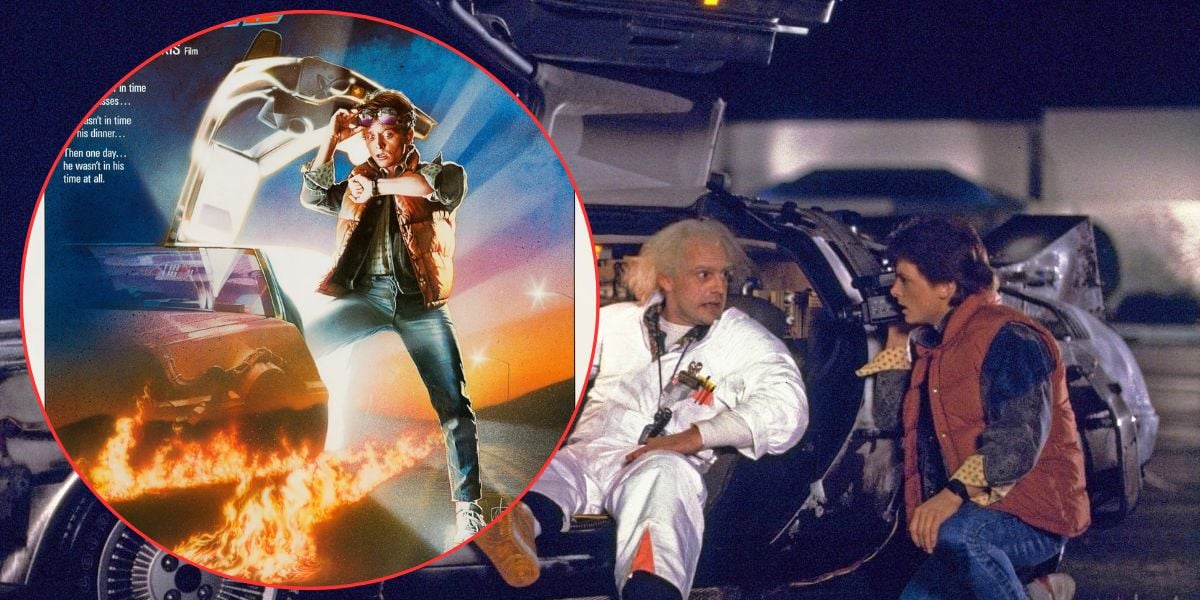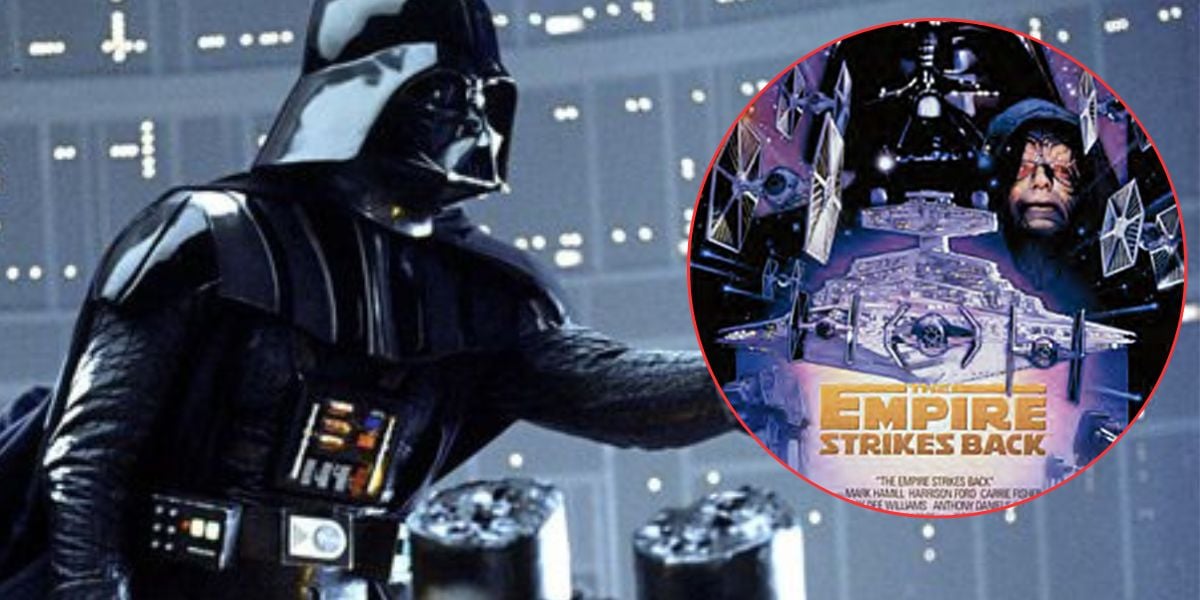Iconic ‘Star Wars’ Legend Sadly Passes Away at 78
An irreplaceable figure in the world of movie marketing has passed. Drew Struzan — the masterful artist behind some of the most iconic movie posters of all time — has died at the age of 78. The announcement came via his official Instagram page, confirming that the beloved illustrator passed away on October 13 after a private battle with Alzheimer’s disease.
While he stepped out of the public eye in recent years, Struzan’s artwork remained a towering presence across pop culture. If you’ve ever walked through a theater lobby or scanned through VHS and DVD covers in the ‘80s, ‘90s, or early 2000s, chances are your eyes landed on one of his unforgettable posters.
And now, Hollywood has lost one of its most talented visual storytellers.
A True Pop Culture Titan
Struzan wasn’t just an artist — he was a cultural force. Known for his rich, hand-painted style and stunning character compositions, he brought emotional depth and narrative clarity to something as simple (and often overlooked) as a promotional poster. His work didn’t just represent a film — it defined it.
Over the decades, Struzan collaborated with some of the most legendary filmmakers in history. His portfolio reads like a walk through a movie hall of fame: Indiana Jones, Back to the Future, The Goonies, Star Wars (Special Editions), Harry Potter and the Sorcerer’s Stone, The Thing, Blade Runner, and Risky Business are just a handful of the titles that bore his signature touch.
It’s no wonder Steven Spielberg once referred to him as his “favorite movie artist,” a title that many in the industry echoed.
A Poster Artist Who Became a Star

In a world where marketing art is often relegated to Photoshop templates and rushed digital composites, Struzan stood out by sticking with traditional tools — pencil, paint, and passion. His character-forward layouts gave fans exactly what they wanted: a visual feast filled with emotional cues, vibrant colors, and meticulously crafted likenesses that actually felt like the characters they portrayed.
Whether it was Marty McFly checking his watch or Indiana Jones wielding his whip, Struzan captured more than just moments — he captured entire adventures in a single image.
And his work wasn’t just appreciated by industry insiders. Fans, artists, and collectors alike treated Struzan’s posters as legitimate art pieces, often framing them in homes or snapping them up at conventions as prized possessions.
An Emotional Tribute from His Team
The news of his passing came via a heartfelt Instagram message from his team. It read:
“It is with a heavy heart that I must tell you that Drew Struzan has moved on from this world as of yesterday, October 13th. I feel it is important that you all know how many times he expressed to me the joy he felt knowing how much you appreciated his art. – Greg”
View this post on Instagram
The post hit fans hard, triggering an outpouring of love and admiration across social media platforms. Artists, film fans, collectors, and industry professionals took to their feeds to pay tribute to the man whose posters were, in many ways, the first taste of the movies they adored.
A Tough Road to Legendary Status
Struzan didn’t come from privilege, and his journey wasn’t paved with easy wins. In fact, he spoke openly later in life about a childhood marked by hardship. During a 2018 tribute, he shared stories of growing up without birthday parties or good meals — noting that he always had to work hard for everything he had. And yet, he said the directors and filmmakers who hired him over the years were the first to truly give him something meaningful.
That emotional transparency — combined with his raw artistic talent — made him beloved not just as an illustrator, but as a person.
Tributes From the Creative World
As news of his death spread, some of the most recognizable names in the comics and entertainment industries posted their respects. DC Comics’ Jim Lee called him “a giant among giants,” while legendary comic artist J. Scott Campbell praised the legacy Struzan left behind, noting that his influence would last for generations.
One particularly poignant tribute came from How to Train Your Dragon director Dean DeBlois, who had previously shared how he couldn’t always afford movie tickets as a kid, so he’d stand outside theaters just to stare at Struzan’s posters. For him — and for many — those posters were as immersive and thrilling as the films themselves.
Never Settling for “Best”
Perhaps one of the most telling things about Struzan was his refusal to rank his own work. When asked which poster he considered his favorite, he had a simple answer:
“If I had a favorite, then I would have already done the best I can do. I’d lose my spark of creativity. My favorite is always the very next one.”
That drive — that hunger to keep growing — defined his career and separated him from the rest. Even at the top of his game, Struzan was always looking ahead, always trying to push his own boundaries.
View this post on Instagram
A Final Frame
For movie lovers, Struzan’s passing feels like the end of an era. In a time when film posters are increasingly designed by algorithms and deadlines, his analog, hand-crafted work stood out — and always will. His art wasn’t just about marketing; it was about memory, emotion, and anticipation.
Struzan gave fans something to get excited about long before the opening credits rolled. His posters didn’t just preview a movie — they invited you into it.
And for that, generations of moviegoers will always be grateful.
Rest in peace, Drew Struzan. Your art was the magic.





